From eyelid surgeries to Botox: Aesthetic procedures that are leading the charge
Millennials and Gen Zs are driving demand, says global professional body for aesthetic plastic surgeons
[SINGAPORE] Want to look good? These days, walking into a clinic and getting an aesthetic treatment done is easy. Even procedures involving more invasive work are becoming commonplace. And the top surgical aesthetic procedures in Singapore? Eyelid surgery, liposuction and scar revision.
This is according to an annual global survey on aesthetic/cosmetic procedures conducted by the International Society of Aesthetic Plastic Surgery (Isaps), which has collected data on Singapore for the first time. The results are being released this week at Isaps’ Olympiad World Congress – also being held here for the first time – where more than 1,000 attendees from 90 countries will discuss the latest scientific research, innovations and patient safety issues in aesthetic plastic surgery.
The survey shows that plastic surgeons performed 25,739 procedures in Singapore last year, most of them surgical.
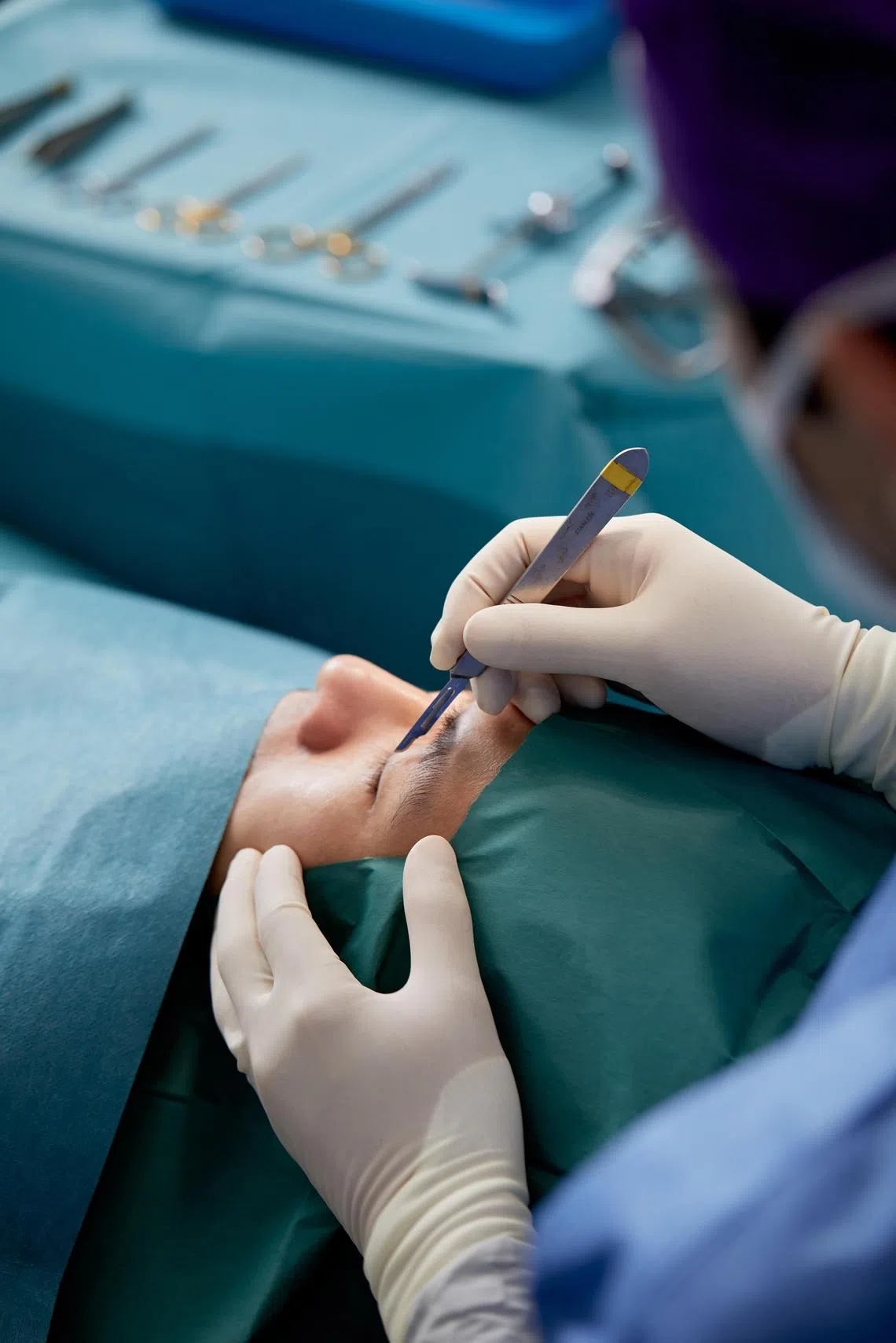
“Eyelid surgery has gained prominence in recent years due to a large increase in demand in Asia, as it is home to 50 per cent of the world’s population and its fastest-rising middle class,” says Dr Matthew Yeo, Isaps’ national secretary, Singapore.

Such procedures include browlifts, correction of upper eyelid drooping, creation of double eyelids and eye bag surgery.
Meanwhile, the most popular non-surgical procedures are botulinum toxin (Botox), hyaluronic acid fillers and laser facial rejuvenation.
And it would appear that millennials and Gen Zs are driving demand, though not for exactly the same type of work their parents were after.
Instead, there has been a noticeable increase in these patients seeking natural-looking facial enhancements that focus on authenticity and subtlety, whether through surgical or non-surgical means.
Taking early action
Globally, Isaps’ survey showed that 60.1 per cent of rhinoplasties (nose jobs), 54 per cent of breast augmentations, 48.4 per cent of external genital surgeries (mostly to reduce the flaps of skin on either side of the vaginal opening), 42.7 per cent of liposuctions and 40.8 per cent of non-surgical fat reduction procedures are performed on patients 18 to 34 years old.
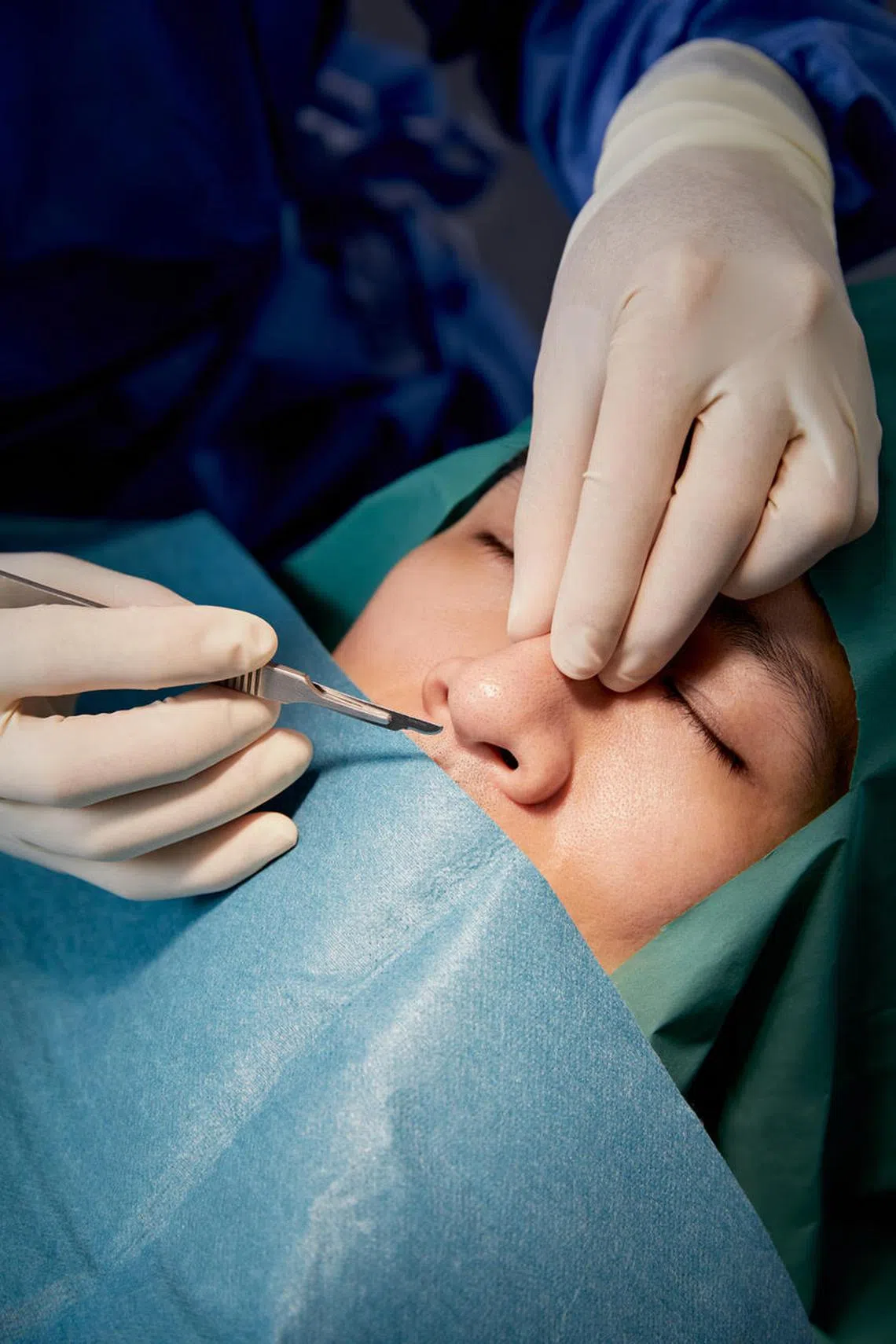
Being well-informed and more receptive to aesthetic procedures, millennials are looking to “prejuvenation” to preserve their looks, as well as address some of the changes that have come about due to life events, such as pregnancy and early ageing.
“Rather than waiting for ageing to take its toll, they are coming in for Botox, injectable skin treatments to increase collagen in the face and laser skin resurfacing,” says Dr Terence Goh, plastic surgeon at Azataca Plastic Surgery. “There’s definitely an increase in such patients and if their parents are already doing aesthetic treatments, then they’re more likely to do it too.”
There’s also the “Mommy Makeover”, which is growing in popularity as familiarity and acceptance of the procedure increases, says Dr Naveen Cavale, chair of Isaps’ communications committee and a plastic surgeon in the United Kingdom.
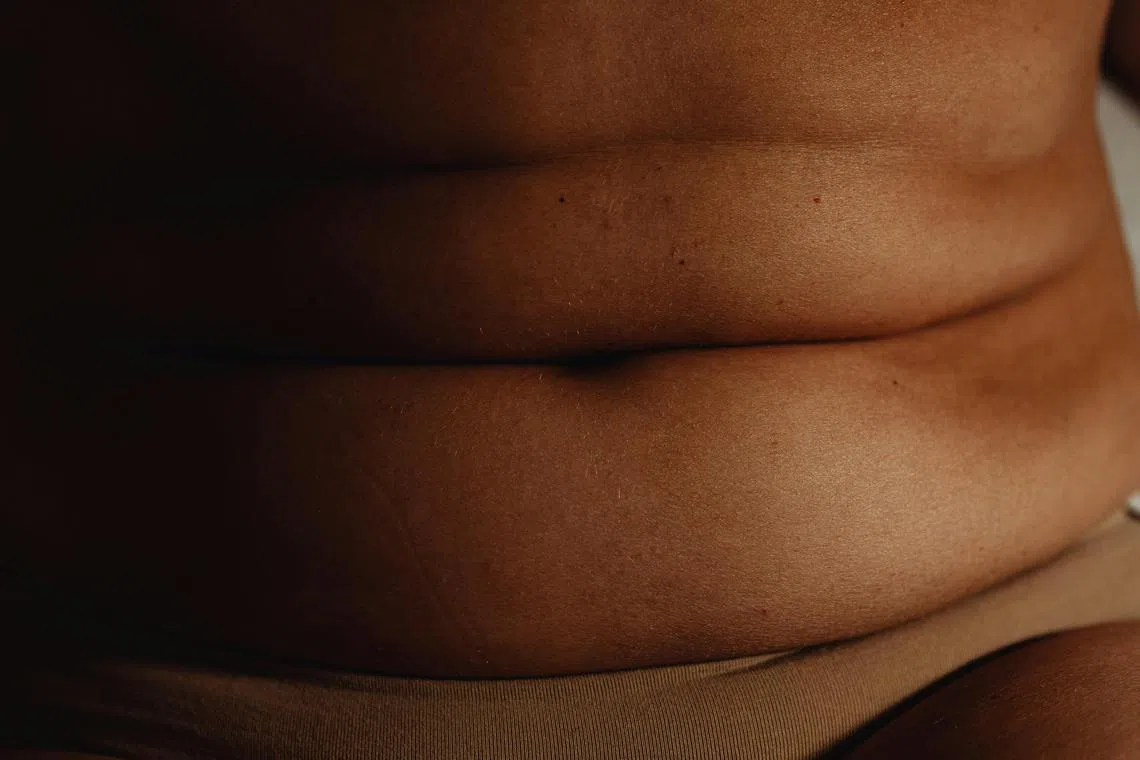
Designed to address the issues women complain about after having children, the procedure usually focuses on the breast and tummy area, he says. It could involve breast reduction, lift or augmentation, a tummy tuck to remove excess loose skin, liposuction to extract stubborn fat and a repair of muscles in the tummy which were stretched apart during pregnancy.
The bulk of such body contouring procedures performed by Dr Pearlie Tan at Pearl Plastic Surgery, Laser & Scar Clinic are for those in their 30s, while her 20-something-year-old patients are mostly receiving treatments for scars.
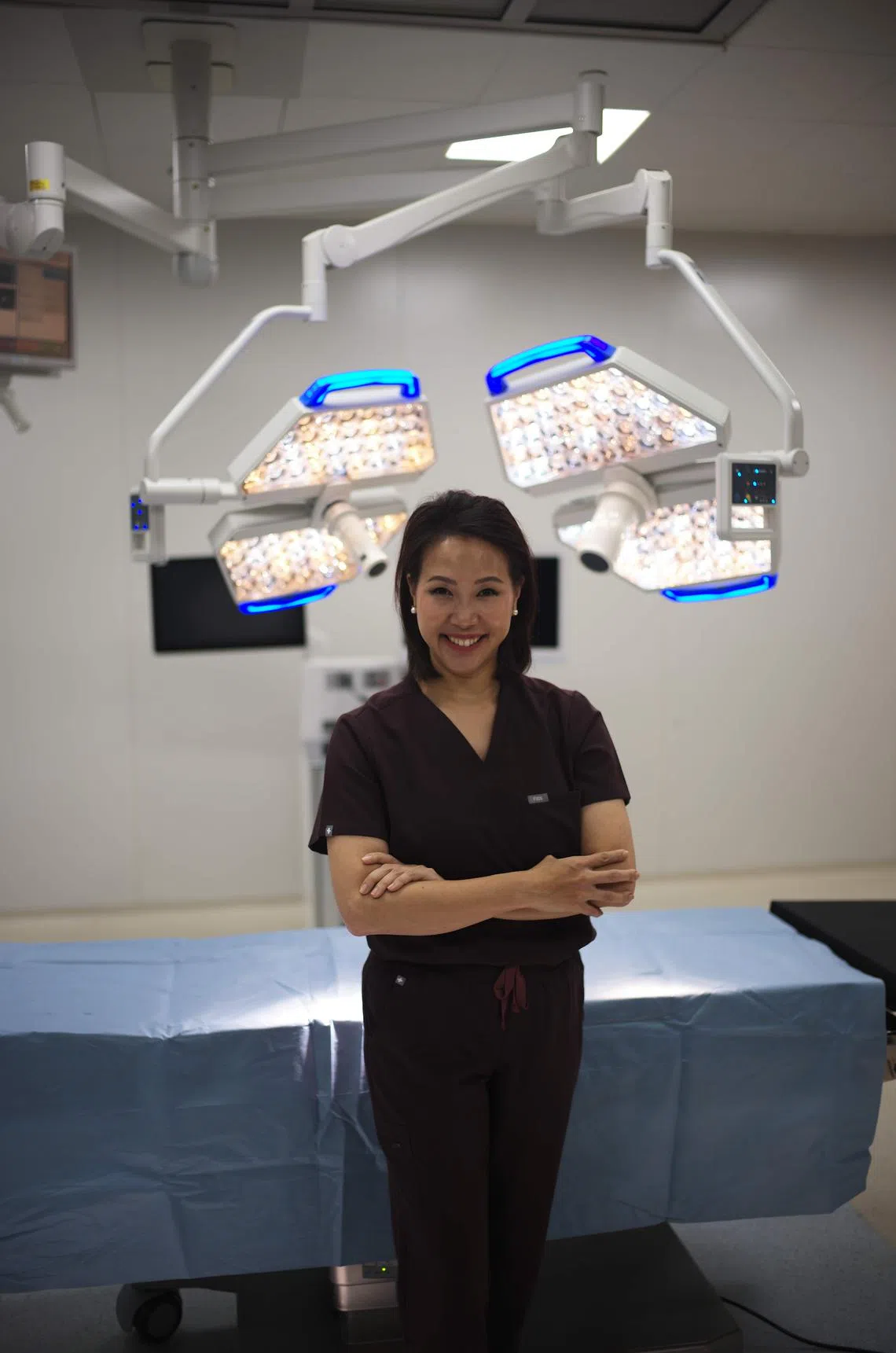
“People are just more aware and willing to spend on themselves,” she says. “You have working women who understand the importance of self-care and self-love, and that they’re role models for their children, their staff and the people around them. They want to feel and look good and go to the gym without looking like blubber.”
This goes with greater understanding of how fat is not just an aesthetic issue but a metabolic burden, she pointed out, adding that the amount of body contouring work she has done has trebled over the last five years.
Sifting fact from fiction
Although it is elective, consumers have to remember that aesthetic cosmetic surgery is actual surgery that involves risks and possible side effects, says Dr Cavale. “Even non-surgical procedures may have risks and possible side effects that need to be discussed before they are undertaken.”
Indeed, lasers can cause pigmentation issues and burns, for instance, Dr Tan points out.
There is also a common misperception that non-invasive procedures can deliver surgical results when they do not. “There is a fair degree of biased marketing in this field, and the information available on the Internet is not necessarily objective nor balanced,” says Dr Yeo.
The other thing people don’t realise is the downtime required for aesthetic procedures.
Patients think that minimally invasive work equals zero downtime, which may not be true. It could just mean that better technology is allowing procedures to be performed through smaller incisions, says Dr Goh.
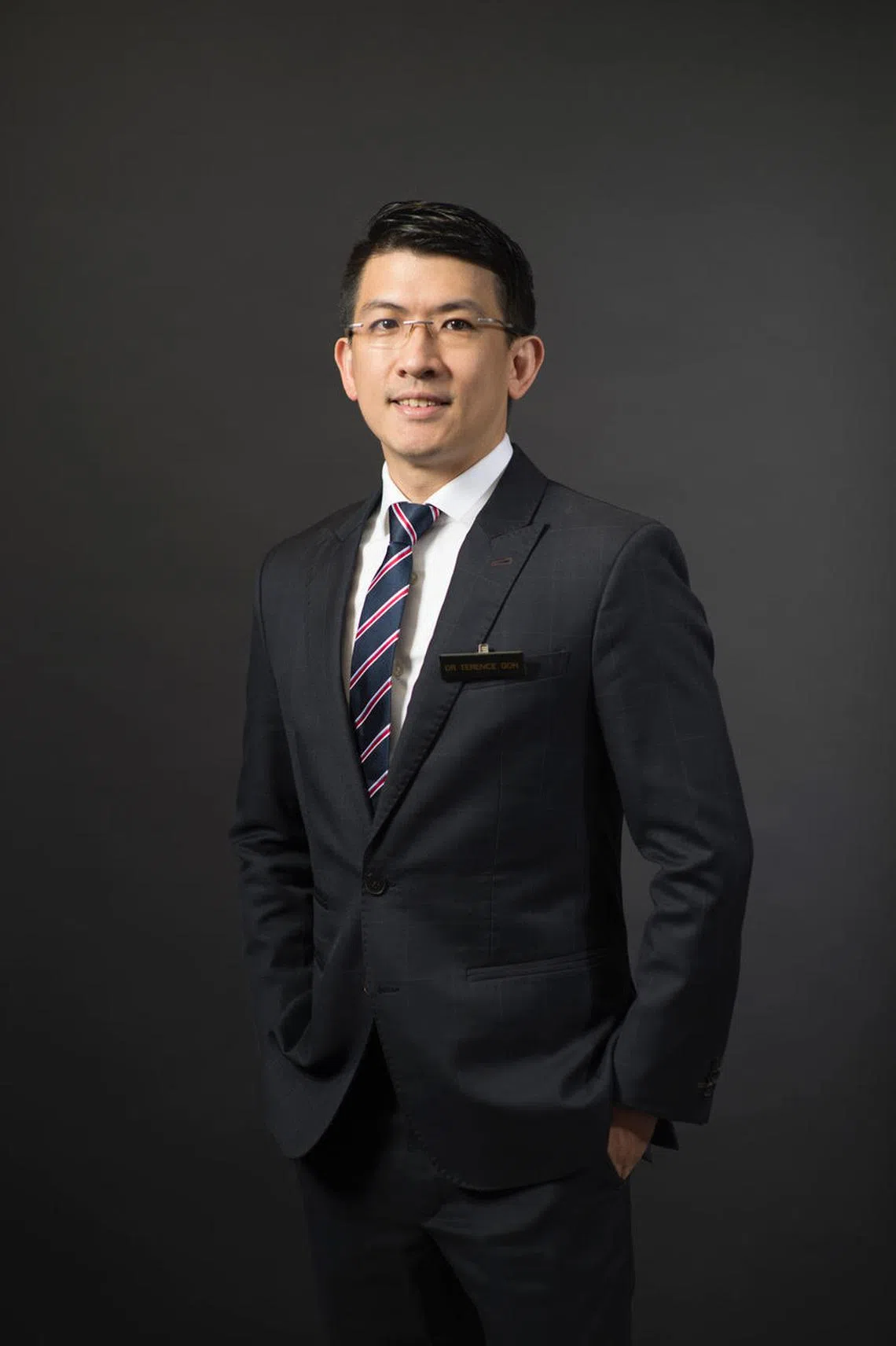
“You have limited vision, so it’s technically harder and can carry a higher risk, such as for bleeding and complications,” he notes, adding that people also tend to underestimate the journey involved. “I’ve had patients telling me they’ve got to fly in five days and they want things done, or they managed to take leave and want a procedure performed the next day. But you need to come in for a consultation, book a date for the procedure and sometimes, do tests to ensure that it’s safe for you to go under anaesthesia.”
Trends in aesthetic procedures
The rise in use of social media as well as virtual meeting platforms has led to an increase in demand for facial aesthetic procedures, and this trend is expected to continue, says Dr Yeo. “Due to inherent anatomical differences in Asians, there is also often more emphasis on facial aesthetic surgery, and I see this to be the broad global trend for the next few years.”
An increase in demand for male aesthetic surgeries is also anticipated.
As it is, one of the top three surgical procedures at Dr Goh’s clinic is gynaecomastia surgery, or male breast reduction.
“Men are more open to considering some form of aesthetic procedure, such as eyelid surgery, eye bag removal, liposuction or chin augmentation for a more masculine-looking chin,” he says.
In addition, people are now more inclined towards looking like a better version of themselves, so they want less drastic changes in their appearance and a more “harmonious” look overall.
That desire for harmony is also extending to hand and neck rejuvenation treatments, which are becoming a big thing, says Dr Tan.
“I’ve seen women who’ve had two facelifts but the skin on their hands is a giveaway,” she says. “Their faces are mismatched with their hands and necks when they should be in the same decade. And that’s something that people are realising, too.”
Decoding Asia newsletter: your guide to navigating Asia in a new global order. Sign up here to get Decoding Asia newsletter. Delivered to your inbox. Free.
Copyright SPH Media. All rights reserved.

